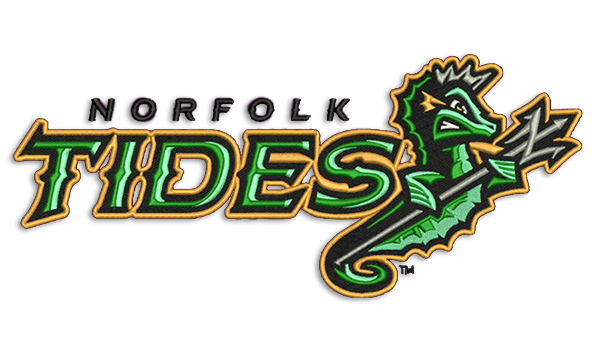Check Out Different Types of Needlework Digitizing Techniques
Needlework digitizing has advanced considerably over the years, using a myriad of techniques to bring layouts to life in the digital world. From the intricate virtuosity of traditional hand needlework digitizing to the accuracy of the boxing technique, and the comfort of auto-digitizing software programs, the options are huge. The realm prolongs to much more advanced methods like photorealistic needlework digitizing and the remarkable realm of 3D needlework digitizing. Each method brings an unique collection of possibilities and challenges to the table, making the exploration of these approaches an engaging journey for those in the needlework world.
Traditional Hand Embroidery Digitizing
Traditional hand embroidery digitizing includes the procedure of transforming detailed hand-stitched layouts right into electronic formats for machine embroidery. This technique requires knowledgeable craftsmens to meticulously evaluate the handcrafted design and afterwards use specialized software application to recreate it in an electronic format. Each stitch, color, and detail should be meticulously equated to guarantee that the essence of the original hand embroidery is maintained in the electronic version.
Among the vital difficulties of conventional hand embroidery digitizing is recording the details and nuances of the handmade design. Digitizing for Embroidery. Craftsmens have to have a deep understanding of different needlework methods, such as satin stitch, chain stitch, and French knots, to accurately replicate these strategies in the digital world. Furthermore, they need to have an eager eye for detail to ensure that the electronic style maintains the very same degree of creativity and craftsmanship as the original hand-stitched item
Punching Method
To effortlessly shift from standard hand embroidery digitizing to the punching technique, craftsmens need to now focus on transforming the complex digital layouts into instructions that needlework devices can interpret. The boxing method involves using specialized software program to produce electronic data that include commands for the embroidery machine to adhere to. This procedure needs a deep understanding of not just the layout itself yet additionally the abilities and limitations of the needlework maker.

Auto-Digitizing Software Application Programs
Embroidery digitizing has been revolutionized by the arrival of auto-digitizing software application, providing artisans with sophisticated devices to transform electronic designs into embroidery device guidelines successfully. Auto-digitizing software application use formulas to assess electronic images or vector files and produce needlework layouts instantly. These programs permit quick and precise conversion of intricate designs into stitch patterns, saving effort and time for embroiderers.
Among the vital benefits of auto-digitizing software program is its user-friendly user interface, making it obtainable to both novices and knowledgeable digitizers. These programs commonly consist of attributes such as stitch editing and enhancing devices, thread color matching, and the ability to preview the final stitched style. Furthermore, auto-digitizing software application can manage complicated designs with numerous shades and complex details, producing high-grade needlework documents ideal for various apparel and textile jobs.
While auto-digitizing software program offers comfort and performance, it is necessary for individuals to understand the restrictions of automated digitizing. Fine-tuning and manual changes may still be called for to accomplish the wanted embroidery top quality, particularly when managing complex or unique styles. By leveraging the capabilities of auto-digitizing software application alongside hands-on digitizing strategies, artisans can boost their embroidery digitizing process and develop spectacular stitched pieces.
Photorealistic Needlework Digitizing
Making use of advanced electronic imaging strategies, accomplishing photorealistic outcomes in embroidery digitizing has actually come to be an in-demand skill among modern-day artisans. This method entails converting high-resolution photos right into elaborate stitch patterns that very closely imitate the initial design, causing embroidery pieces that show lifelike information and depth.
To attain see this website photorealistic embroidery digitizing, artisans have to possess an eager eye for information and an extensive understanding of how various stitch kinds and densities can influence the final end result. By very carefully mapping out each shade and shade in the picture, embroiderers can create an electronic data that overviews the needlework maker to replicate the nuances of the original image precisely.
Photorealistic needlework digitizing is particularly popular in developing personalized layouts for clothing, home design, and art items where catching the essence of a photograph or art work is vital. This method permits craftsmens to transform memories, landscapes, portraits, and intricate artwork right into magnificent embroidered work of arts that display a blend of standard workmanship and advanced modern technology.
3D Embroidery Digitizing
With the innovation of electronic imaging techniques in attaining photorealistic lead to needlework digitizing, the exploration of 'D Embroidery Digitizing' provides a brand-new measurement to the details of layout duplication. 'D Needlework Digitizing' refers to the three-dimensional digitizing method that includes depth and texture to embroidery styles, creating a more practical and aesthetically enticing end product. This his comment is here method utilizes software application that replicates the result of light and darkness on the needlework style, improving its overall visual impact.
Among the crucial benefits of 'D Needlework Digitizing' is its capability to make styles look more realistic and dynamic. here By including depth to the needlework style, the end product shows up much more realistic and exciting (Digitizing for Embroidery). Furthermore, this technique enables even more innovative freedom in layout execution, enabling embroiderers to trying out various structures and effects that were formerly testing to achieve
Final Thought
